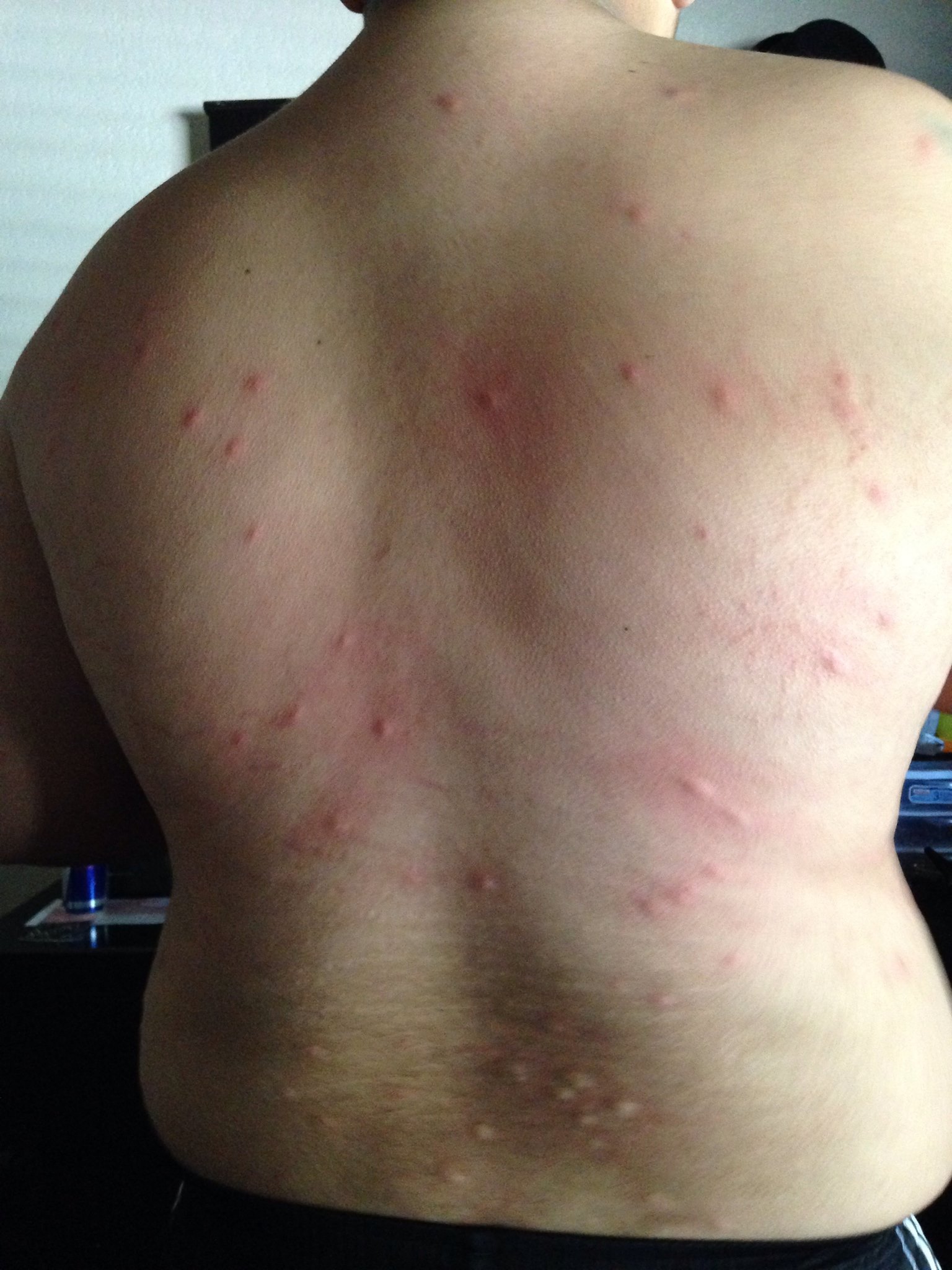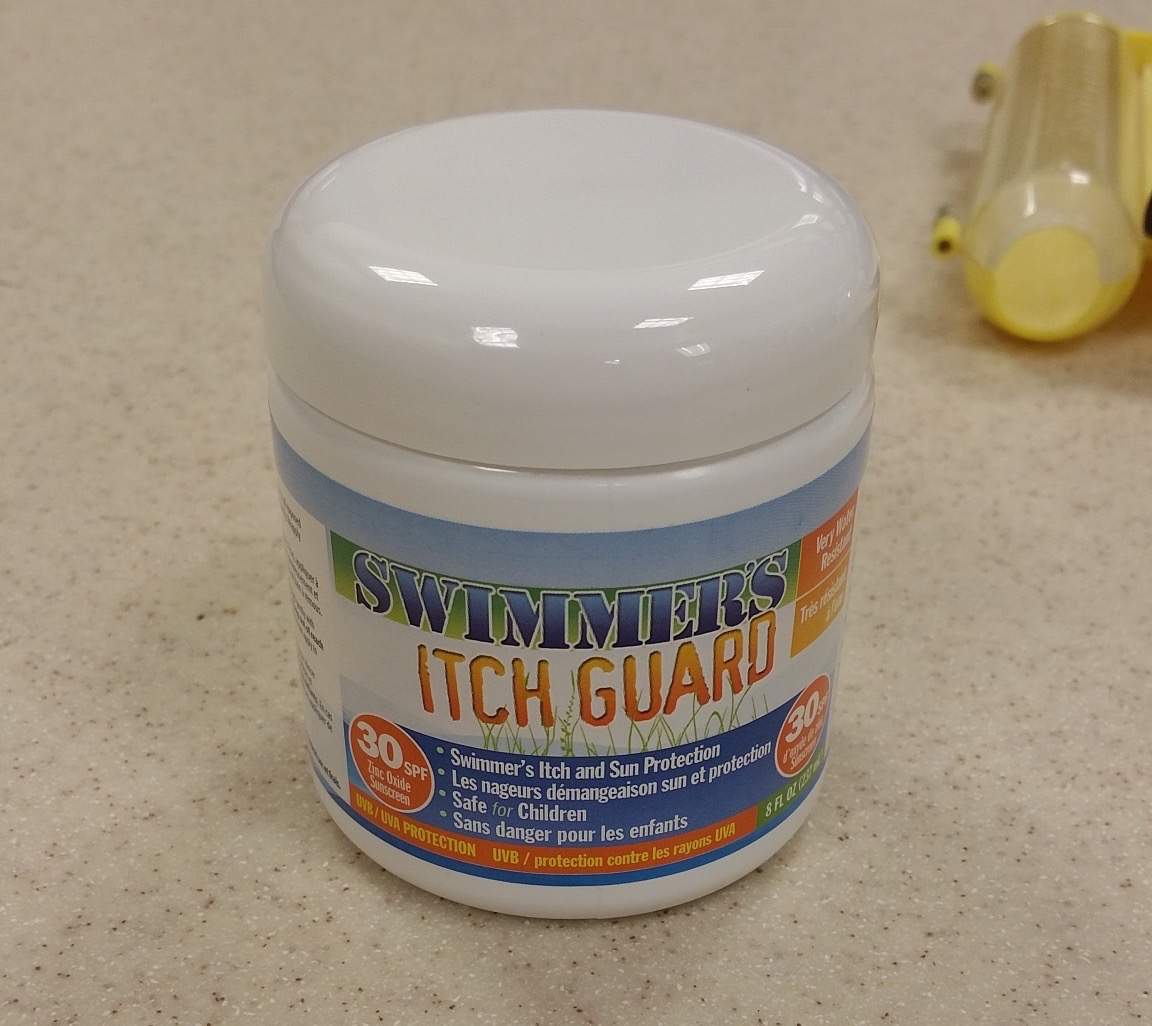You are viewing the article Parasitic pox: Swimmer’s itch; where it lurks, how to prevent it at Tnhelearning.edu.vn you can quickly access the necessary information in the table of contents of the article below.
SOUTHERN UTAH – If you’re like many people, there is nothing more inviting on a hot summer day than taking a drive out to the lake and dipping into the glistening water … except for one irritating parasite in some waters that thrives and writhes when the shallows get warm, resulting in swimmer’s itch, an irritating and sometimes painful skin rash caused by microscopic parasites.
Swimmer’s itch is not life-threatening and there are preventive measures you can take allowing you to enjoy the water.

What is Swimmer’s Itch?
The Centers for Disease Control describes swimmer’s itch, or “cercaria,” as a skin rash that is caused by an allergic reaction to microscopic parasites that are carried by waterfowl, semi-aquatic mammals and snails.
As a part of their life cycle, these parasites are released by infected snails into the water. This is where they come in contact with people and burrow into their skin, causing an allergic reaction and rash.
Swimmer’s itch is found throughout the world and is more frequent during summer months.
The good news is, because these larvae cannot develop inside a human, they soon die. Your body’s immune system detects the organism as a foreign protein, then attacks and kills it shortly after it penetrates your skin. The itching and welts are not caused by the organism living under your skin, but by an allergic reaction.
While some people may show no symptoms of swimmer’s itch, others swimming at the same time and place may break out severely. And, much like poison ivy, your sensitivity to swimmer’s itch will increase with each exposure.
Swimmer’s itch cannot be spread from person-to-person, and a swimmer is highly unlikely to get swimmer’s itch from a swimming pool as long as the pool is well maintained and chlorinated.
Where is Swimmer’s Itch active?
Swimmer’s Itch is currently active at Sand Hollow Reservoir.
Water at Sand Hollow reached 80 degrees Monday, making it prime environment for the free-swimming microscopic parasite to flourish; that, and the surrounding alkaline soil, Department of Natural Resources Park Manager Laura Melling said.
The park asks people experiencing swimmer’s itch to report it to park staff at the entrance station. Over the last three weeks, Melling said, she had two cases reported, then five to seven cases, and then two more just since Sunday. But, she said, it’s early. And these don’t account for those who develop the itch after they leave the park or don’t report it.
The parasite lives in shallow water, but the more boats and watercraft are stirring up the lake, the more the parasites are carried throughout the lake. It’s not uncommon for there to be 500 boats on the lake some days, Melling said.
“We run over 22,000 boats through the park a year,” Melling said, “I have a morning crowd, a noon crowd, an afternoon and evening crowd; they come for a couple hours then they leave.”
Neighboring Quail Creek Reservoir does not experience many swimmer’s itch complaints because the water is slightly more acidic which naturally repels the parasite. There have been one or two reported cases of swimmer’s itch from Quail, Melling said, but only when people were up at the top where the springs come into the lake and all the trees grow.
A reliable indication of the parasite is whether or not cattails can be found growing around the water. Where there are cattails, Melling said, there are swimmer’s itch parasites.

Preventive measures
There are things you can do to reduce your odds of getting swimmer’s itch.
Stapley Pharmacy, in downtown St. George, 102 E. City Center Street, and in the Dino Crossing mall at 446 S. Mall Drive, carries a swimmer’s itch cream used as a preventive measure. The cream is a zinc oxide-type cream that serves as a protective barrier, Pharmacist Brett Petersen said.
“It’s a preventative,” Petersen said. “You apply it before you go in the water – to any skin that will be in the water for more than five minutes. … If you’re going to be out in the water, you need to reapply after about 90 minutes for it to be effective.”
The Swimmer’s Itch cream is also a sunscreen. An eight-ounce jar costs $17.99.
Other measures:
- Do not swim in areas where swimmer’s itch is a known problem or where signs have been posted warning of unsafe water
- Do not swim near or wade in marshy areas where snails are commonly found
- Do not attract birds to areas where people are swimming by feeding them
- Apply sunscreen lotion before going in the water — not the spray on kind which is too thin to deter the parasite
- Towel dry or shower immediately after leaving the water
- When you get out of the lake, don’t let the water evaporate off your skin. The organism in the droplets of water on your skin will look for somewhere to go as the droplet of water evaporates
Symptoms of the itch
Symptoms of swimmer’s itch may include: tingling, burning or itching of the skin, small reddish pimples or small blisters.
“Within minutes to days after swimming in contaminated water, you may experience tingling, burning, or itching of the skin,” according to the CDC website. “Small reddish pimples appear within twelve hours. Pimples may develop into small blisters.”
Even though itching may last up to a week or more, and will gradually go away, it’s important to remember not to scratch the itch. Scratching the infected areas may result in secondary bacterial infections.
Treating the itch
There are several over the counter remedies your pharmacist can recommend to help relieve the discomfort, but see your physician for a definitive diagnosis.
Most cases of swimmer’s itch do not require medical attention, according to the CDC. If you have a rash, you may try the following for relief:
- Use corticosteroid cream
- Apply cool compresses to the affected areas
- Bathe in Epsom salts or baking soda
- Soak in colloidal oatmeal baths
- Apply baking soda paste to the rash – made by stirring water into baking soda until it reaches a paste-like consistency
- Use an anti-itch lotion
Besides anti-itch creams or lotions like hydrocortisone, Petersen recommended taking Benadryl, an over-the-counter antihistimine.
“If we can prevent it,” Petersen said, “that’s the best.”
St. George News Editor-in-Chief Joyce Kuzmanic and reporter Hollie Reina contributed to this report.
Related posts
- Drowning, leading cause of death in children under 5; what you should know
- Smooth swimming for Ironman 70.3 competitors at Sand Hollow: STGnews Photo Gallery
- Cedar City man drowns while saving son at Otter Creek Reservoir
Email: [email protected]
Twitter: @STGnews
Copyright St. George News, SaintGeorgeUtah.com LLC, 2015, all rights reserved.
Thank you for reading this post Parasitic pox: Swimmer’s itch; where it lurks, how to prevent it at Tnhelearning.edu.vn You can comment, see more related articles below and hope to help you with interesting information.
Related Search:

